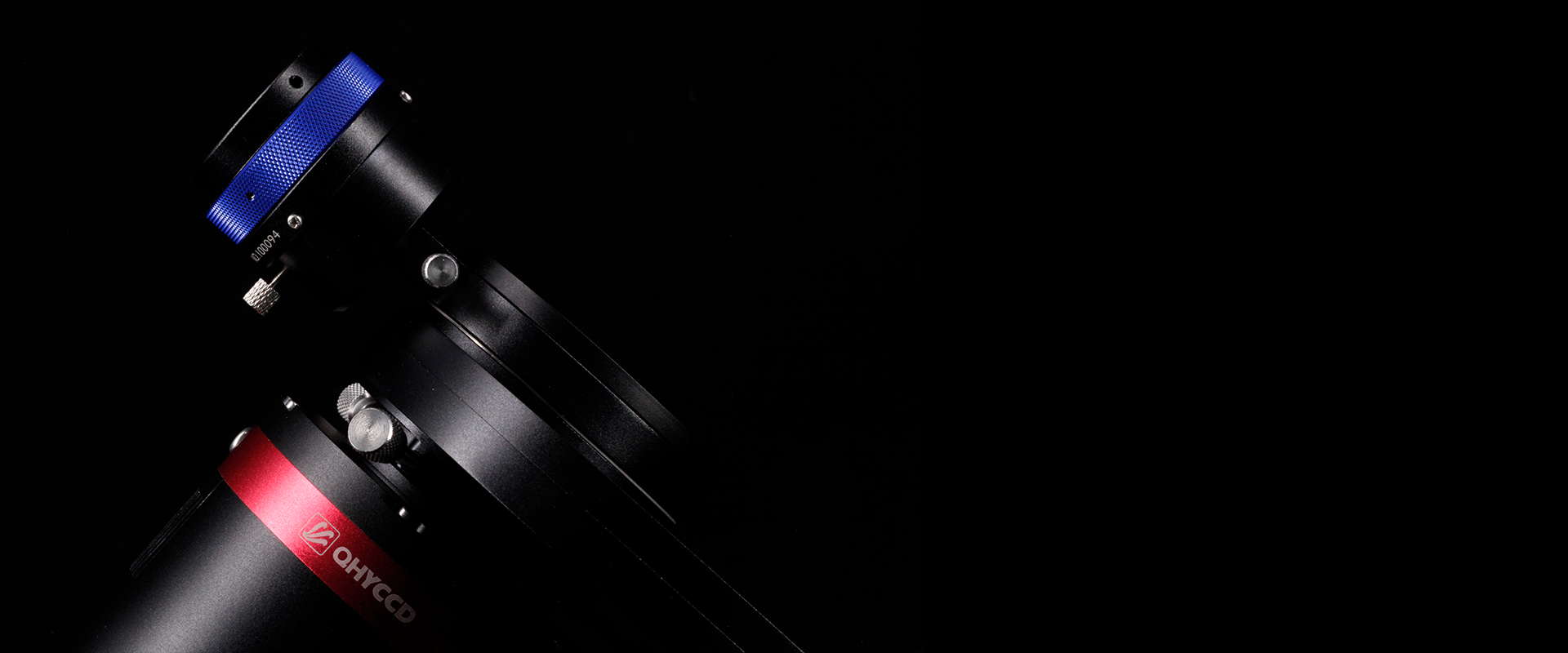
In an imaging sensor, dark current and transistor noise are some of the major noise components. SNR or Signal to Noise Ratio, in simple terms refers to the ratio of the quantity of signal (valid image data) to the noise (invalid image data) in an image. However, it is to be noted that with increased pixel size, only fewer pixels can be accommodated in a compact imaging sensor causing either a reduction in resolution or an increase in the sensor size. This makes pixel size one of the most critical factors considered while choosing a camera for low light applications. The bigger the well, higher the number of photons collected, and hence better would be the performance of the camera in a low light environment. Pixel size in sensors that come with low light performance is typically 3µm or larger. Pixels are square wells that collect photons, and pixel size refers to the dimension of this square well. Pixel size is the physical dimension of a single pixel in an image sensor. Let us now look at each of the above factors in detail. Plot a histogram of the simulation outputs.The factors that contribute to the low light performance of a camera are:.Even in cases where the normal approximation is not very good, it can still give a general idea of how far results are likely to be from the mean. The approximation is better for large values of $ N $ and values of $ p $ near 0.5. Nonetheless, it is possible to approximate the binomial distribution with a continuous normal distribution. The binomial distribution is discrete - only certain results are possible (integers between 0 and N). Happily, somebody already did that arduous bit of math, and you can just look up the result on Wikipedia: Using this formula, you could compute the standard deviation of a binomial distribution.
#CAMERA CALCULATE DARK NOISE SOFTWARE#
Where $ P $ is the pixel value, $ x $ and $ y $ are the position-dependent matrix indexes, $ G $ is the gain of the amplifier (which can be changed be software configuration on many camera models), and $ N_ $ Mathematically each pixel value is given by: The details of the amplifier depend on the type of image sensor.

Image sensors typically include amplifiers that multiply the the number of electrons in each bucket by a constant. The camera returns the pixel values to the computer as a matrix of binary numbers so the image can be recorded, displayed, quantified, or manipulated. It's okay if you want to keep picturing the miniature Count instead of an ADC. The ADC converts each bucket's charge into a binary number called a pixel value. (Not really.) The real thing that does the electron counting is a piece of electronic hardware called an analog-to-digital converter (ADC).

A miniaturized version of the Muppet character Count von Count goes around to each bucket and counts the number of electrons. (Not really.)Īfter the exposure, it's time to count the number of electrons in each bucket. When the exposure is over, the nanobot replaces the lid. (Not really.) During an exposure, the nanobot takes the lid off the bucket for the specified time interval, allowing photoelectrons to fall into the bucket. Each bucket has a tiny lid, operated by a cybernetic nanobot shaped like Robby the Robot. (The cameras in the lab have about 400,000 solar cell/buckets, called pixels, which is a portmanteau of "picture elements.") Photons strike the tiny solar cells and give rise to photoelectrons, which (usually) fall into the bucket underneath. A simple mental model of a digital image sensor consists of an array of tiny solar cells with a bucket underneath each one.

Recording a digital image is essentially an exercise in measuring the intensity of light at numerous points on a grid.


 0 kommentar(er)
0 kommentar(er)
